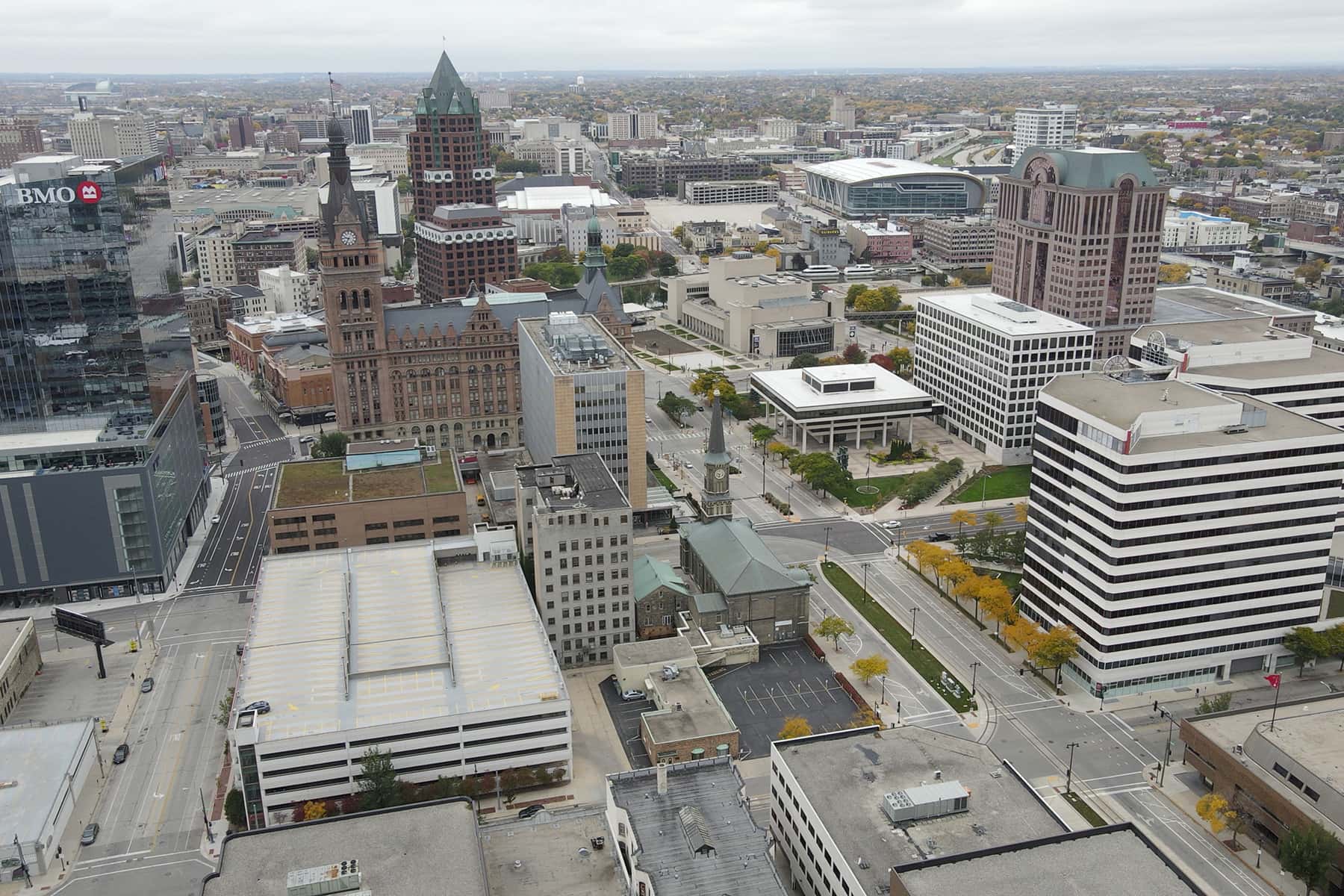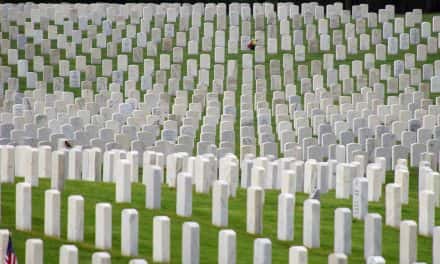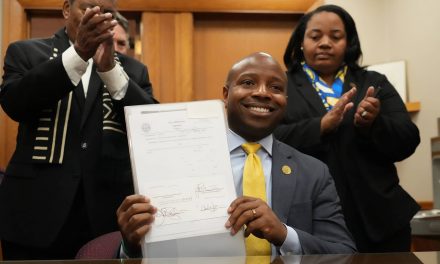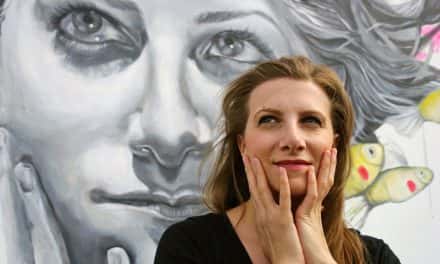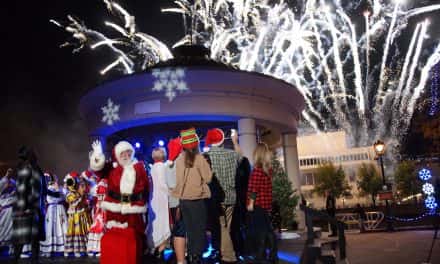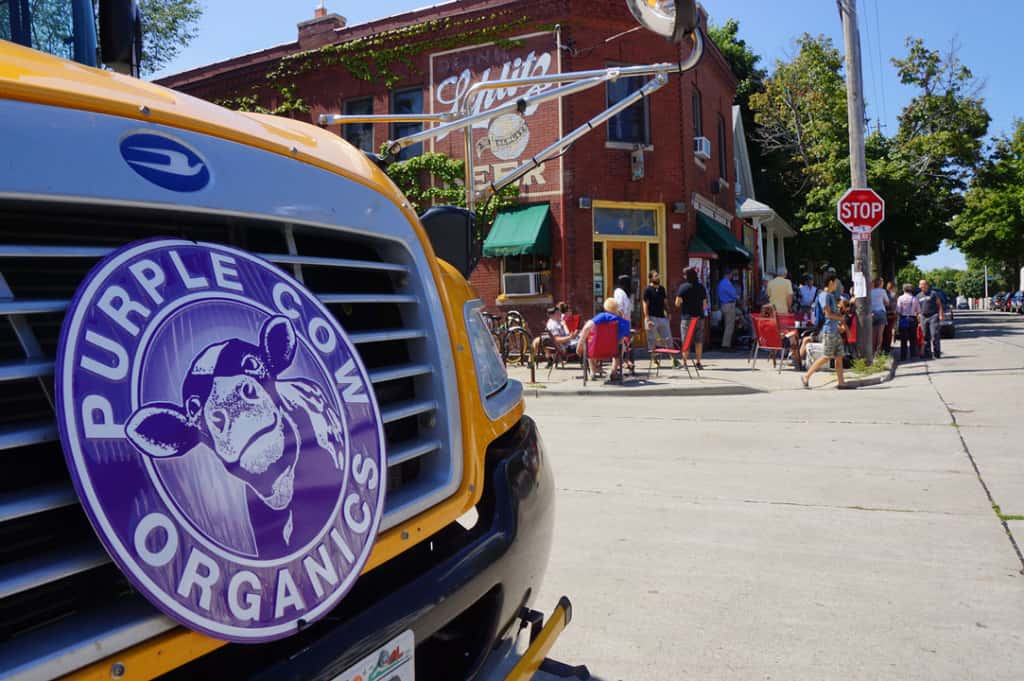
When fictional books are written with the intent of capturing the aura of the geographical location and the destination’s character as a setting for the plot, often the magical places are set in New York, Chicago, and New Orleans. Anywhere, really, other than Milwaukee.
There are an abundance of critically acclaimed books that captured the different compositions of what makes up Milwaukee. “The Making of Milwaukee” by John Gruda, which is a historical account of Milwaukee that served as a basis for the five hour mini-series for Milwaukee Public Television. “Fading Ads of Milwaukee” by Adam Levin, exposes the number of vintage signs that can be found all over Milwaukee but have lost their context. Evicted by Matthew Desmond, which follows the stories of seven families as they navigate their poverty and evictions.
Aside from illustrated books for children like “Lulu & Rocky in Milwaukee” by Barbara Joosse that introduces iconic places across the city to young readers, the majority of books published are non-fiction.
Milwaukee has lacked fictional stories because of the depth, variety, and unknown communities that have not been granted much attention until recently. For a fictional setting in Milwaukee to exist, writers need an interest in using the location. And that also requires an understanding of the intersectionality that Milwaukee holds from architecture, to food, to ethnic history, to the various neighborhood demographics that make up the city’s complex identity.
A number of independent fictionalizations that take place in Milwaukee have been published in recent years, like the Milwaukee mystery novel series by Sienna Jacks, but the mainstream embrace of Milwaukee as a fundamental plot setting and not just window dressing remains elusive.
Many popular fictional novels do include references to Milwaukee, but the plots do not take place in the city itself. Some books are even set in fictional Wisconsin cities: “The Westing Game” by Ellen Raskin, was set in a fictional city called Westingtown near Lake Michigan. Some are set in neighboring cities: “Black House” by Stephen King and Peter Straub, nominated for the Bram Stoker Award, was based in the fictional version of Trempealeau, Wisconsin. And for “American Gods,” Neil Gaiman wrote about his characters driving through Madison but then ending somewhere “up north.”
When books are based in Milwaukee, like “Whistling in the Dark” by Lesley Kagen, they are usually set in the past – like 1959 in this case. There is almost no memorable collection of modern, well-known, accessible, written portrayal of Milwaukee within a work of fiction. That omission might be changing.
With Milwaukee gaining more positive attention beyond beer and festivals, many people across the world want to know just what Milwaukee is like as a real place and not a historical icon. The interpersonal struggles, social interaction, community creativity, and life embedded within the “cream colored” bricks remains an unexplored area in the realm of fiction.
There are up and coming authors that are attempting to showcase Milwaukee to fill that void. Zhanna Slor is a Russian Jewish immigrant that came to Milwaukee at a young age in the 1990s. Based on her own relationship with Milwaukee, and with creative license, her debut book “At the End of the World, Turn Left” attempts to capture a part of Milwaukee, within a fictionalized world, that might give us a little more insight into the city that many call home, in her novel.
A necessity for future authors and readers to understand is that the fictionalization of Milwaukee will continue to set the tone for how the city is perceived. That narrative has a wide range of positive elements to explore without exploitation, but it will have to find a balance to reconcile the problems that exist.
Everyone has pride in their hometown and wants to see it presented in the best light, and Milwaukee has stories to fulfill that. But sometimes the truth is hard and requires us to accept unpleasant realities, which would be a disservice to the pain that also exists for many who love the city if such tales were glossed over.
© Photo
Lee Matz

